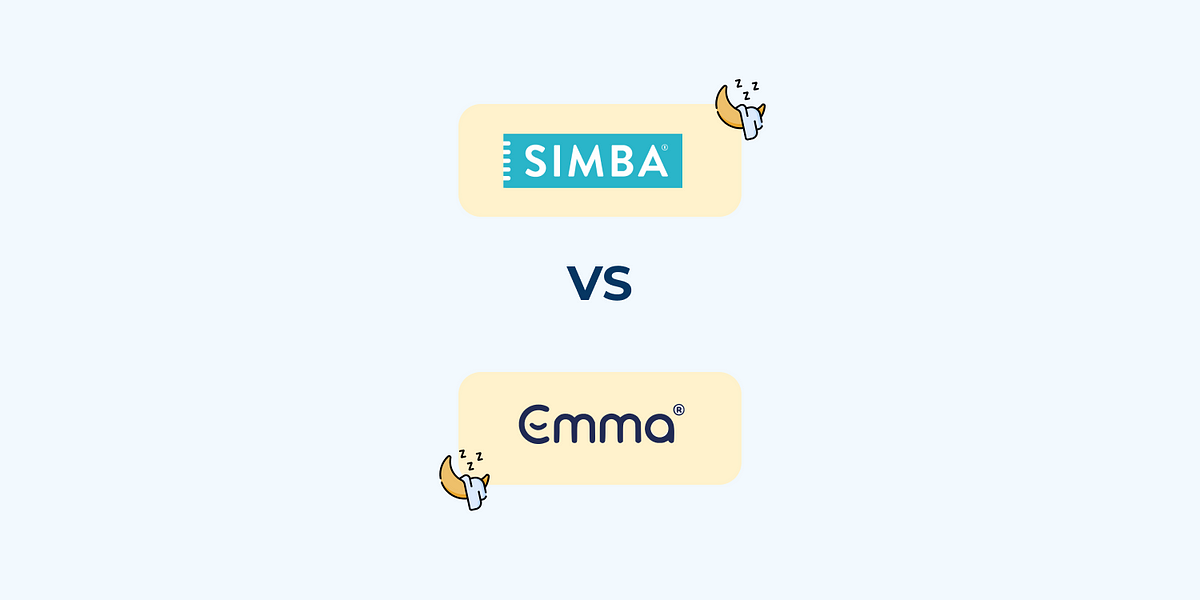
Converting cold audiences: lessons from the world’s largest D2C sleep brands | by Daphne Tideman | Dec, 2023
[ad_1]
Five years ago, if you’d asked me for a great case study of a D2C brand, I never would have thought of a mattress company.
Fast forward to the summer of 2023 (sounds like the start of a bad song!), and I need a new mattress. And I’m ready to embrace the growth hype.
I’d heard rumours of Emma and Simba’s massive growth, and as a firm believer that Product-Market Fit must fuel such growth, I decided to do my research and ensure that I get a good night of sleep in my new house.
Here are the four takeaways you can take from what they do well and don’t do well, which I ended up opting for, and why I was swayed as a customer.
I started with a check of each of their websites, starting with Simba. It was a lot of: Discount! Social proof! Look at me!
So, I scrolled down to try and understand their proposition:
I love the idea that they felt there wasn’t a great mattress out there and wanted to change that.
We’ve all experienced the crippling back pain of sleeping on either a rock-hard bed or a springy nightmare. But they lost me here… There are a lot of technical explanations without the real Job to Be Done in human language.
Is their target audience bed nerds? Then check, this is fine. If it’s plain old me whose ADHD eyes are glazing over from the use of phrases like “titanium alloy”, “individual Aerocoil spring flexes”, and “compress and extend with you”. Nope.
If you think the point is going to Emma, you’re surprisingly mistaken. They were even worse; it took a lot of scrolling to get to a block that discussed…
[ad_2]
Source link


